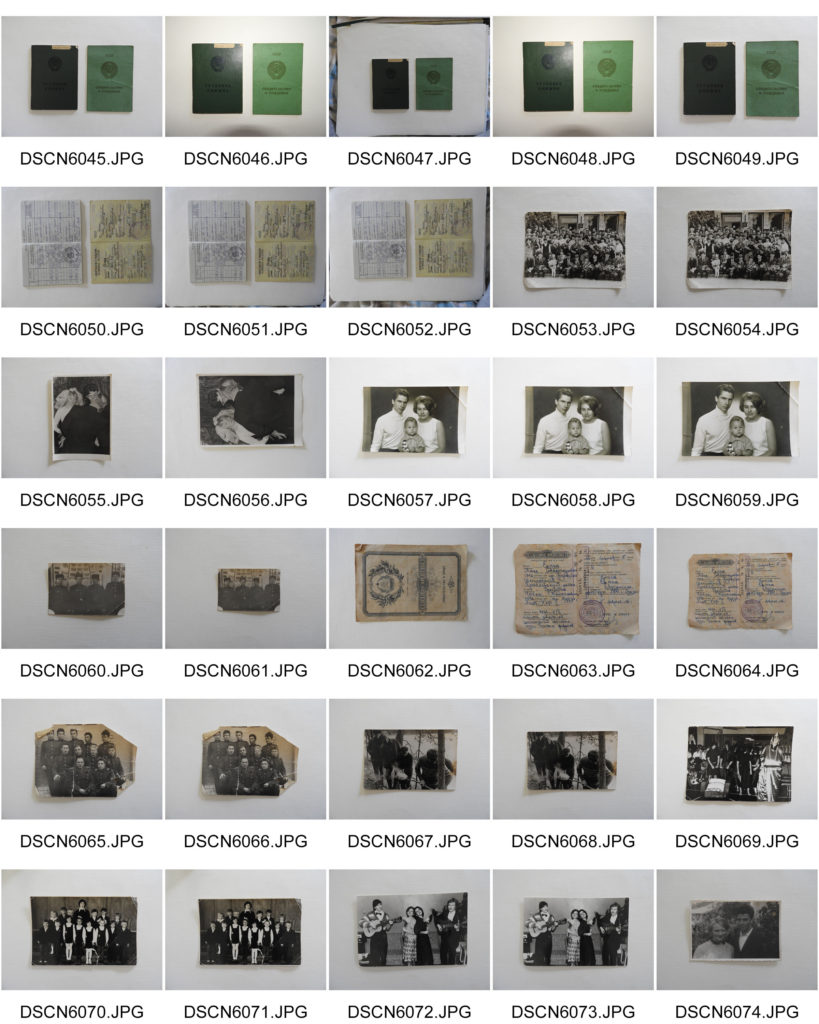WHAT I AM FOCUSING ON:
After a family holiday back the country I was born in, Latvia, we brought back an abundance of family photos, some dating back to the 1950’s during the peak of the soviet union when war and conflict ruled the lives of people in the Baltics and even my immediate family. I am very passionate about exploring my own family heritage and especially that of my grandparents as I was very young when they both passed away and I never had the chance to hear those quintessential “stories from when we were younger”. Imagery and personal archives I feel are a great way to explore the past and hear those stories in a visual form as even the images which I included below, hold a lot of memories and gravity to them even though they are very simple and unassuming in nature.
LATVIAN HERITAGE;
These are the three main areas of focus in my work from now on, and information about them.
Identification.Baltic tribes arrived in what is now Latvia from the Pripet marshes around 1000B.C.E.These included the Lettgalians, and the termLatvjuderives from the peoples and province ofLatgale. The most important minority group was the Baltic Germans, who settled there in the thirteenth century. Jews arrived in the seventeenth century. A sizable Russian community moved to the cities, particularly Riga. The polarization of cultural identification in terms of Latvian and Russian is primarily a rural-urban divide.
Location and Geography.Latvia lies on the eastern shores of the Baltic sea, with an area of some 25,100 square miles (65,000 square kilometers). The capital, Rīga, lies at the mouth of the Daugava River. Latvian lands form an extension of the great plains of Russia. Latvia’s importance as a mediator between east and west was recognized in 1710, when the capture of Rīga afforded the tsar Peter the Great “a window on the west.”
Demography.Urbanization, war, and the Soviet occupation have been the major sources of demographic change. Until the Soviet occupation Latvia was a predominantly rural society. World War II and Soviet occupation brought about massive changes. The German occupation resulted in the extermination of the Jewish population as well as thousands of Latvians. The Soviet occupation led to the loss of 250,000 Latvians through exile and death. At present ethnic Latvians account for 56 percent of the population.
MY FAMILY HERITAGE:
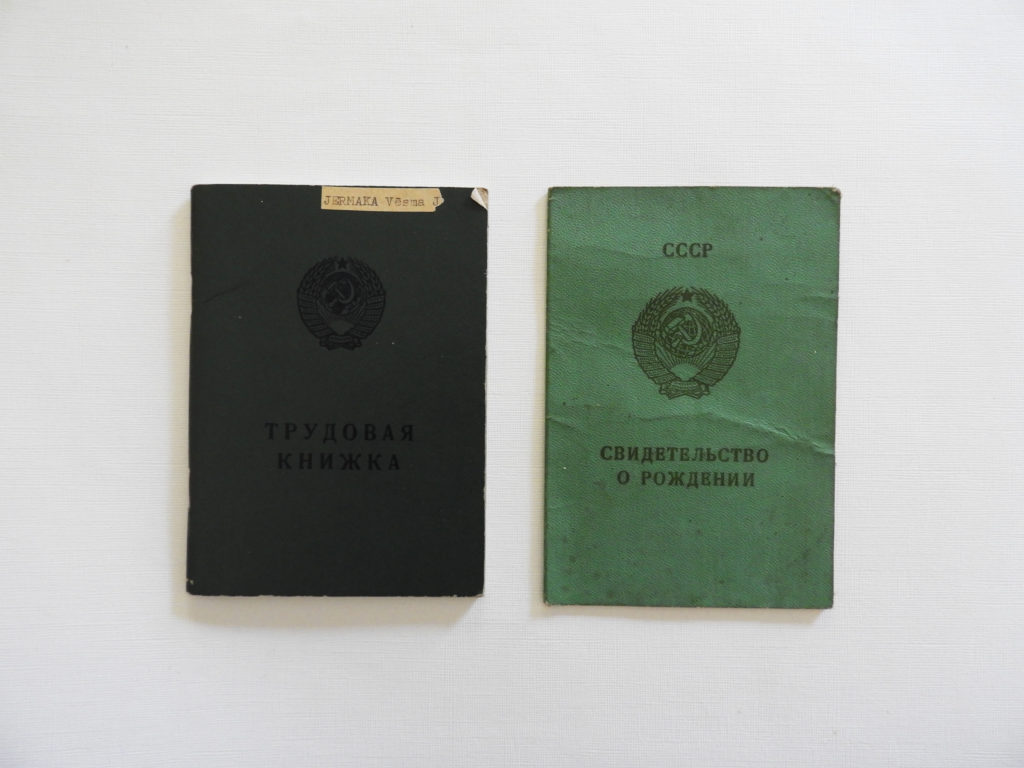

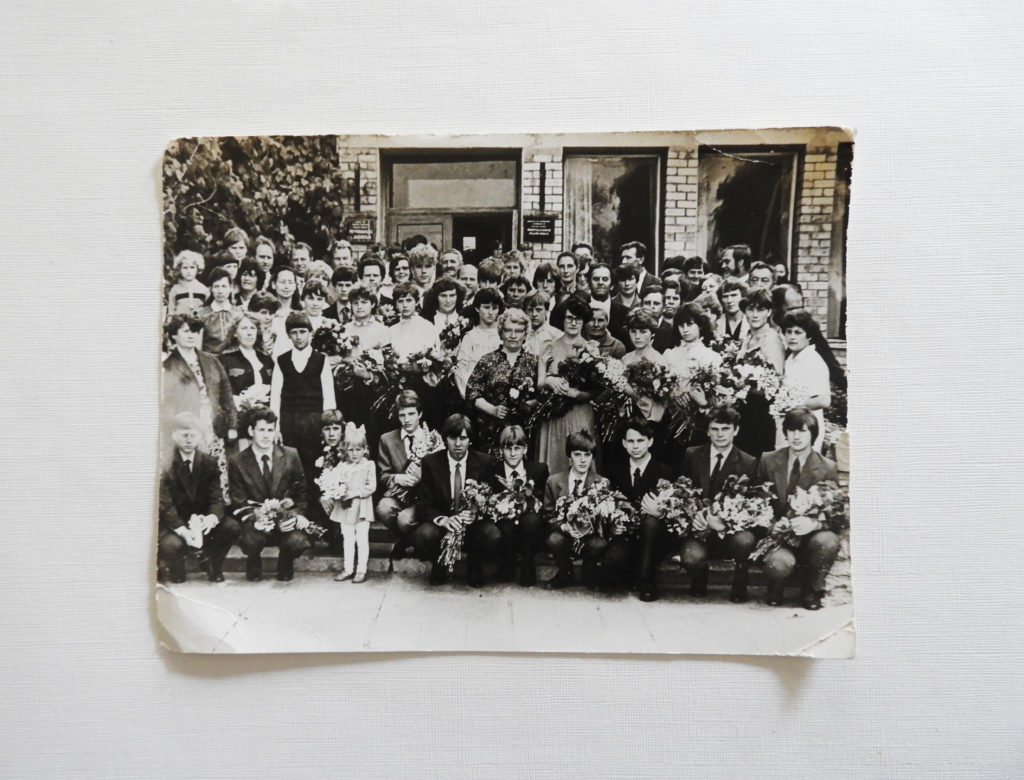
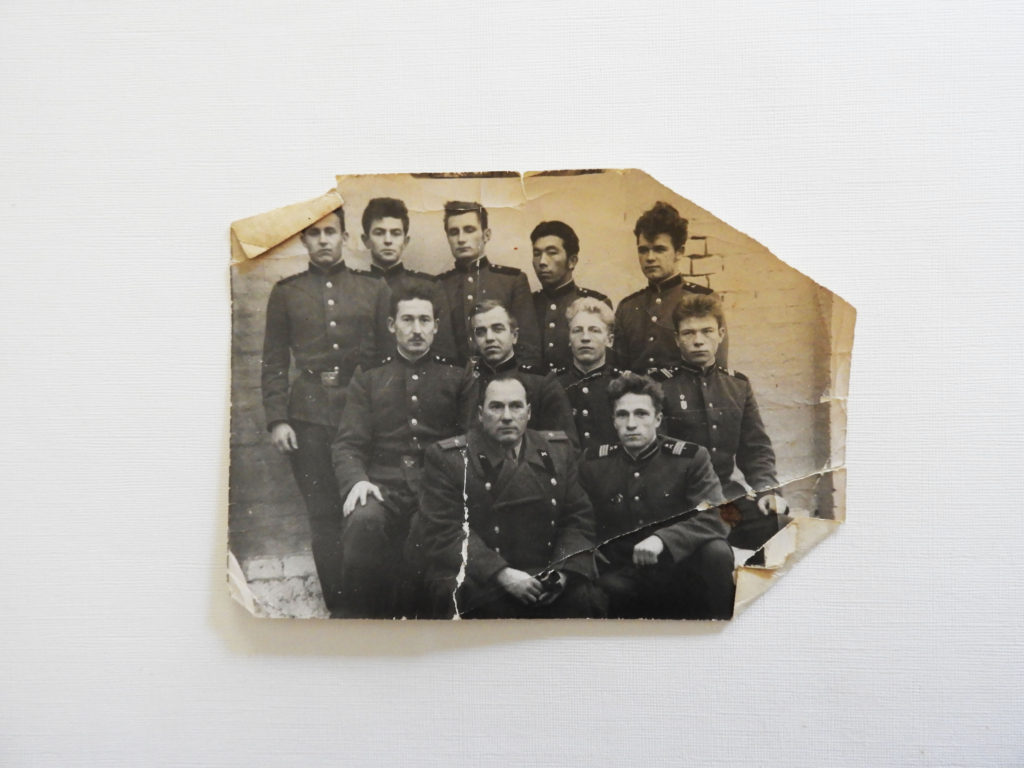
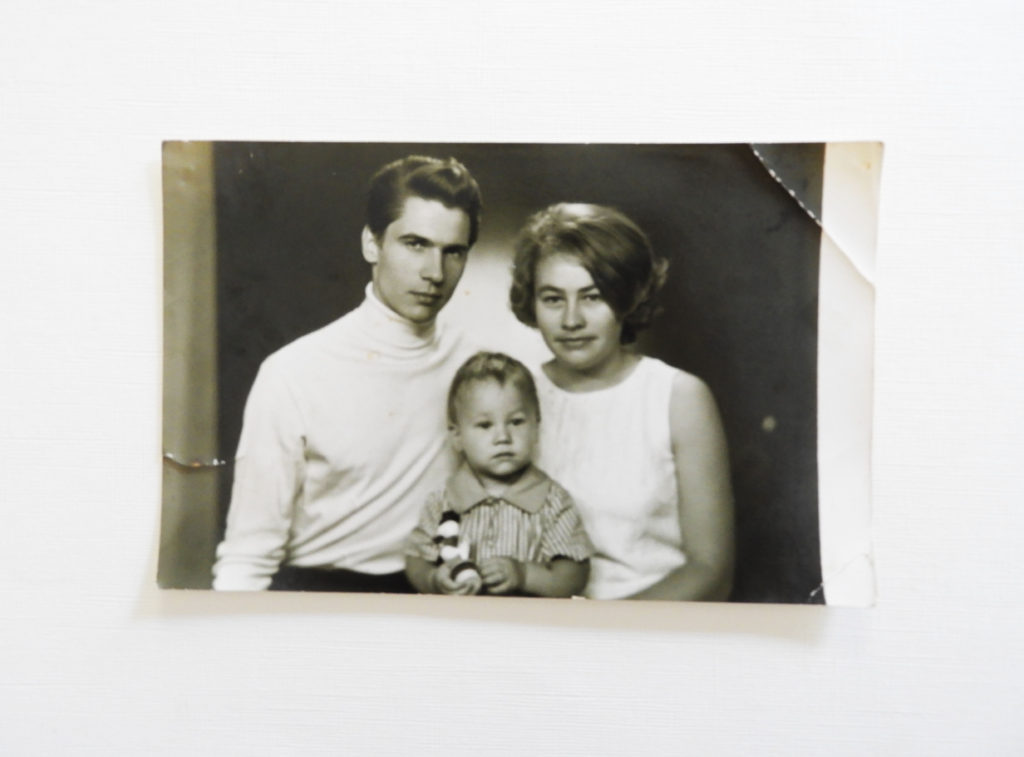

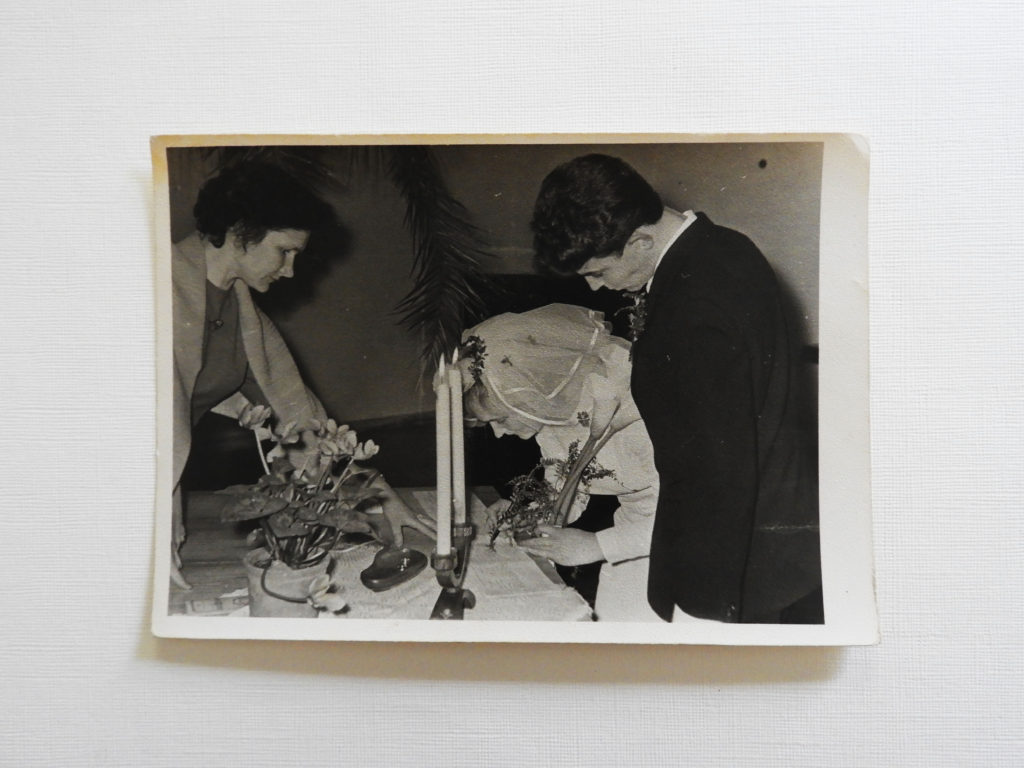
CONTACT SHEETS:
